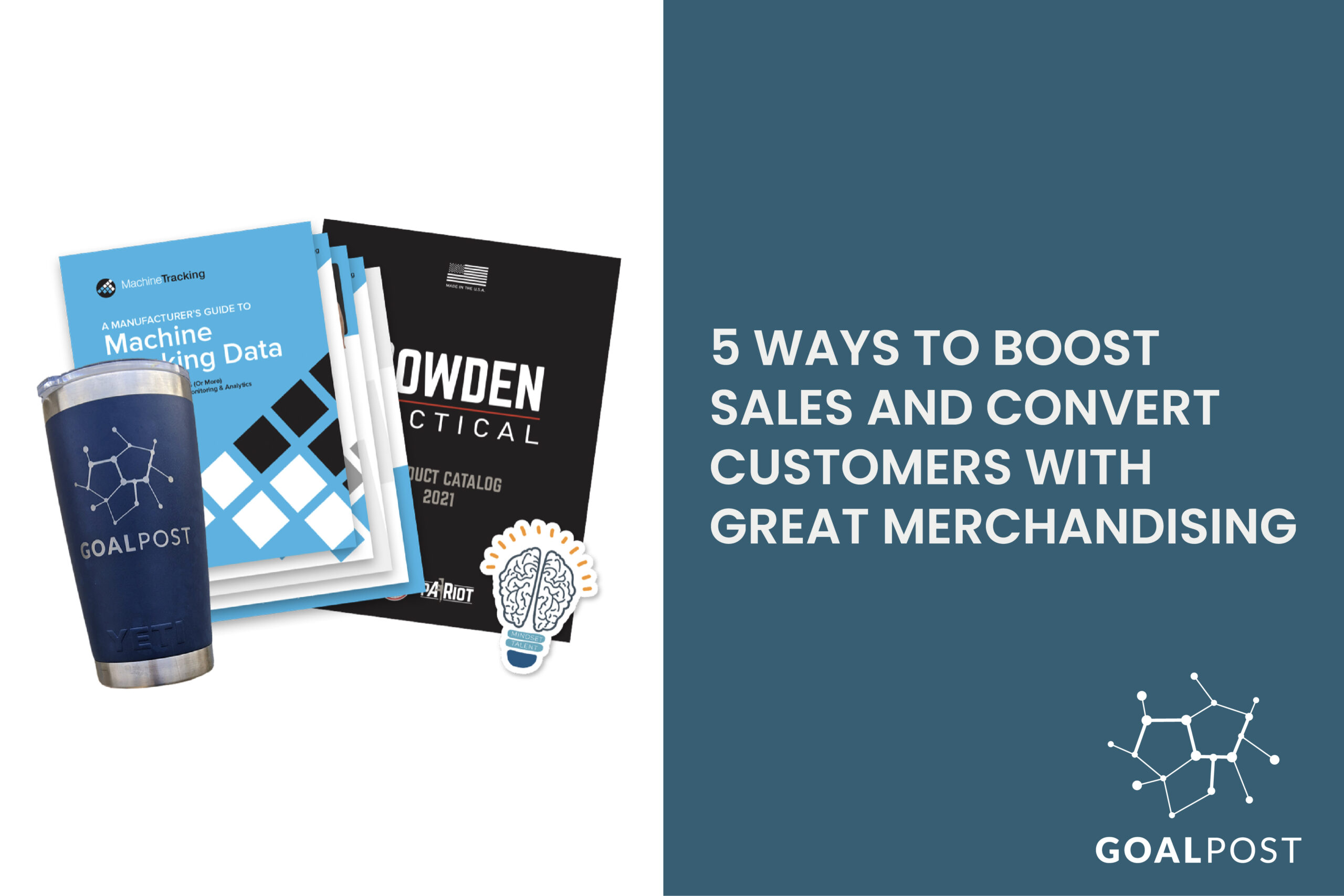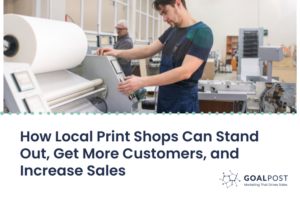What is Merchandising?
Imagine walking around on a warm summer day and ducking into a corner bookstore you’ve never set foot in before. Once inside, you start wandering down the aisles, looking at the rows of novels and magazines on display.
Depending on where you look, you begin to notice signs that read “STAFF PICK”, “BOOK OF THE MONTH” and “FEATURED SERIES”. On the walls are book jacket posters, author photos, upcoming novel debut dates, and the overhead speaker plays music from a new record being sold up front.
Maybe the air smells like coffee, thanks to a small cafe next to the fiction section. Candles burn by the cash register; you later realize these, too, are for sale.
This is an example of merchandising.
Merchandising is a subset of marketing that involves selling to customers after they’ve already been made aware of a product or service.
Customers coming in through the front door already know the store sells books. The way the books and merchandise are integrated into the shopping environment makes all the difference between active and passive marketing.
In this article, we’ll dive into five ways to elevate your products and services. We will go over the merchandising techniques guaranteed to grab and hold customer interest.
1. Entertain and explain your merchandising
Human beings can take in information through their five senses in a matter of milliseconds. Although, hearing and sight process environments the fastest.
From the moment a customer takes their first step into your store or clicks onto your website, engage their sense of sight. In addition to displaying your products in a pleasing manner, direct customers to certain items. Use techniques like informative product blurbs, product unboxings, or grab-and-go samples.
Running an office supply store? Keep items like cardstock, printing paper and office chairs available for customers to touch and try. Selling food or beverages? Offer samples of specialty products to help customers find creative product pairings, learn about sourcing, and try new items.
The more a customer is able to interact with your product, the more likely they will purchase it.
2. Feature employee recommendations
There’s no better way to encourage customers to take the leap and purchase something new than to authoritatively recommend an item.
While some shoppers are likely to purchase goods that are familiar, many customers are open to hearing feedback about what has been enjoyable or interesting in the eyes of staff members. Especially in cases of specialty businesses (wine, media, musical instruments). Customers rely on subject matter experts to guide them through a purchase.
Feature staff picks as part of your product listings. Rotate through a variety of materials every week or month to keep options diverse. Depending on the season, you can highlight items that tie in with holidays, weather, and social trends.
3. Suggest similar products
Ever been to a website and seen the phrase, “If you liked this, you might also like…”? That’s a form of merchandising.
Suggesting similar or adjacent products is a way to increase sales and help the customer perceive their purchase as more valuable. If a customer purchases a set of workout clothes, suggest high-performance athletic socks to finish the outfit. Purchasing a new coffee pot? Suggest compatible filters and a great bag of coffee.
Aim for a minimum of two sales with every checkout. One item to solve their problem and another to enhance the first.
4. Build product pairings
Businesses can create an atmosphere or aspirational identity around a product by enhancing it with other cost-adjacent products.
Beginning with a display — whether digital or in store — showcase the product in a setting where it’s most likely to be used.
Have you ever been to a Pottery Barn or an IKEA? Shoppers in these stores get a look at how they could style bedding, furniture, light fixtures, and more. This is due to merchandising techniques that take these products out of their boxes and incorporate them into a greater environment.
Tastefully display your products alongside a handful of other similar products and watch as customers organically begin to pair up items based on visual appeal.
5. Bundle, bundle, bundle
Better deals, greater value, happier customers: bundling means more bang for your buck.
You can easily motivate customers to spend a little more by grouping together products and selling them for a flat fee. Common examples of bundling include a trio of hair products, a dozen donuts, a set of nail polish, or a pack of paper towels.
In addition to selling more products, bundling gives customers a chance to try a variety of items and find out which ones are their favorites. This exposure can lead to repeat sales and brand loyalty.
At Goalpost Group, we help our clients break the cycle of bad marketing using strategy, structure, and killer content that drives sales and wins the day. Get in touch with a member of our team to learn more about how we can help transform your marketing.





